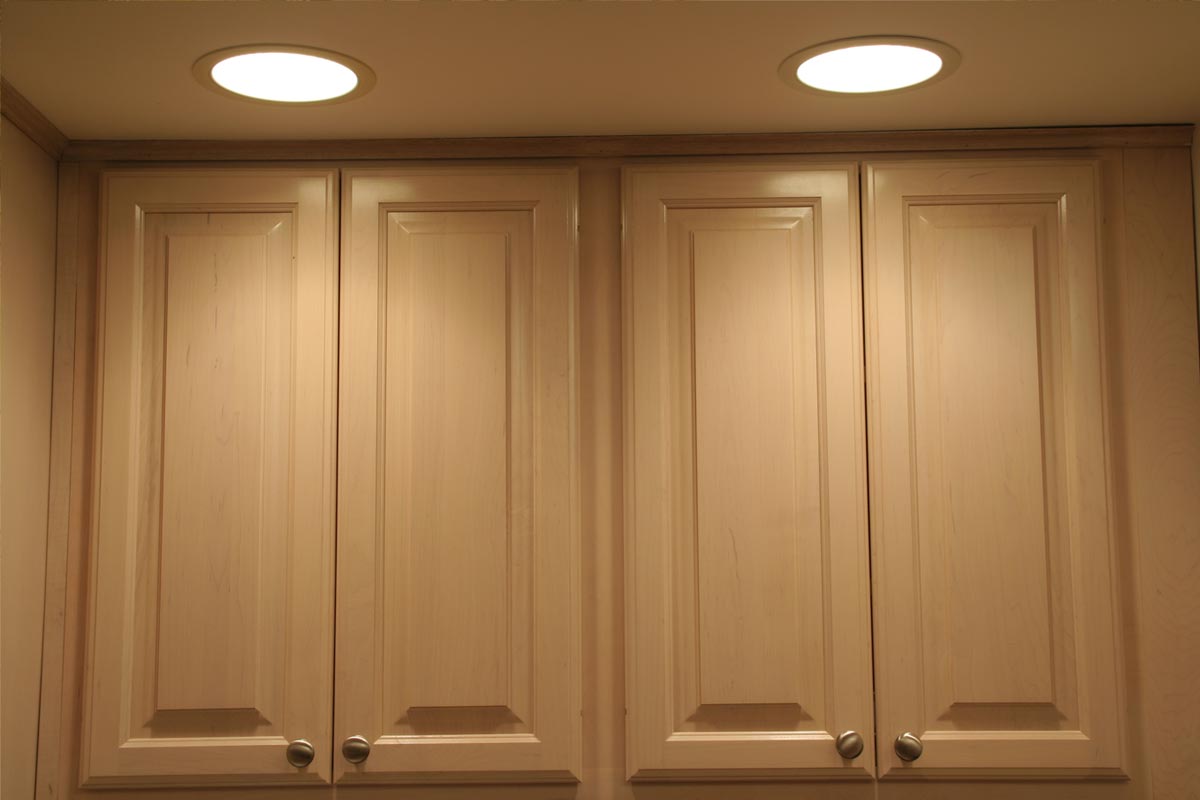In searching for the perfect lighting for your home, you have most likely heard of canless recessed lighting. This form of lighting is trending today because it doesn’t need housing, unlike can recessed lighting. Comparatively, canless recessed lighting lasts much longer than can recessed lighting -but how long, exactly? We delved deep into this topic and here is what we found.
Because most canless recessed lights use LED bulbs, their lifespan mostly depends on how long the LED lights will last. On average, canless recessed LED bulbs can last up to 5-1/2 years (about 50,000 hours). However, it still depends on certain factors such as:
- exposure to heat,
- poor material quality,
- environmental factors,
- and power supply.
Read on to know more about why these factors affect the lifespan of canless recessed lightings. You may also wonder if there are other bulb options compatible with canless recessed lighting aside from LED lights,? Keep scrolling to learn more.
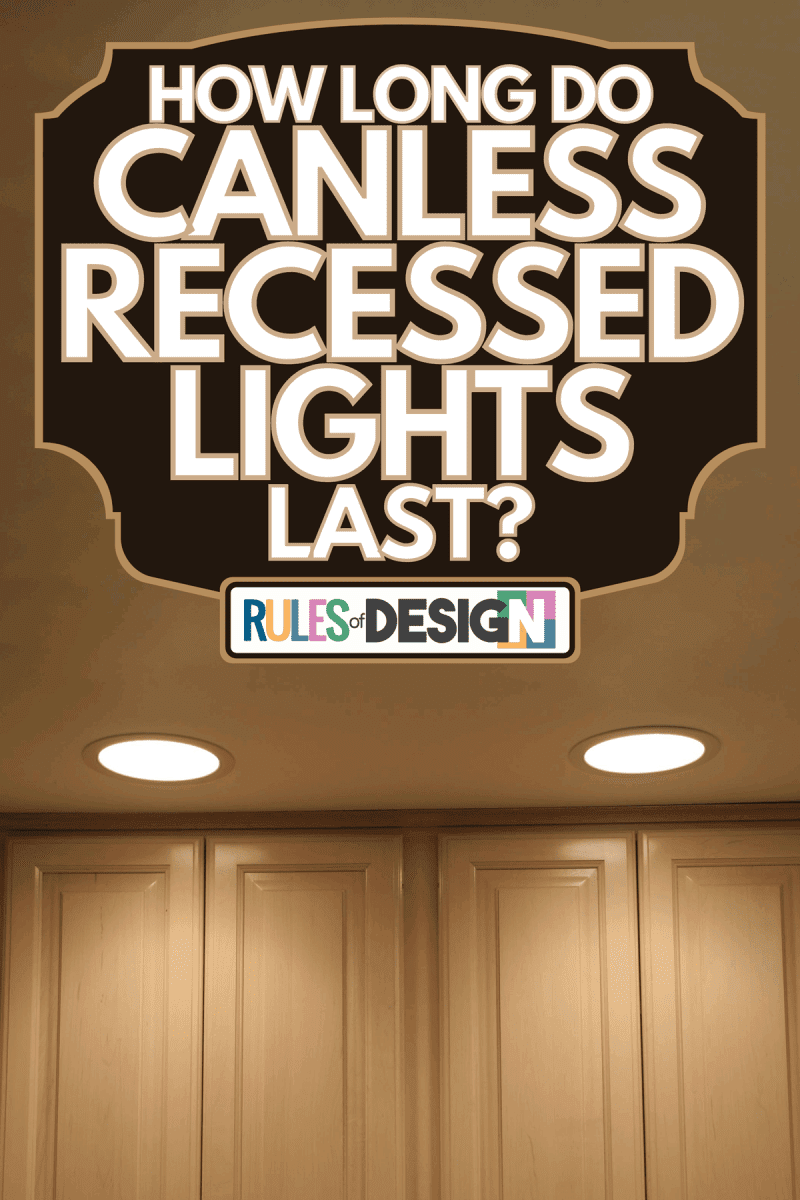
What Factors Affect The Lifespan Of Canless Recessed Lights?
Even though canless LED recessed lighting has an average lifespan of 50,000 hours, it can still be shortened by certain factors. Here are a few of them and why they affect canless recessed lighting’s lifespan.
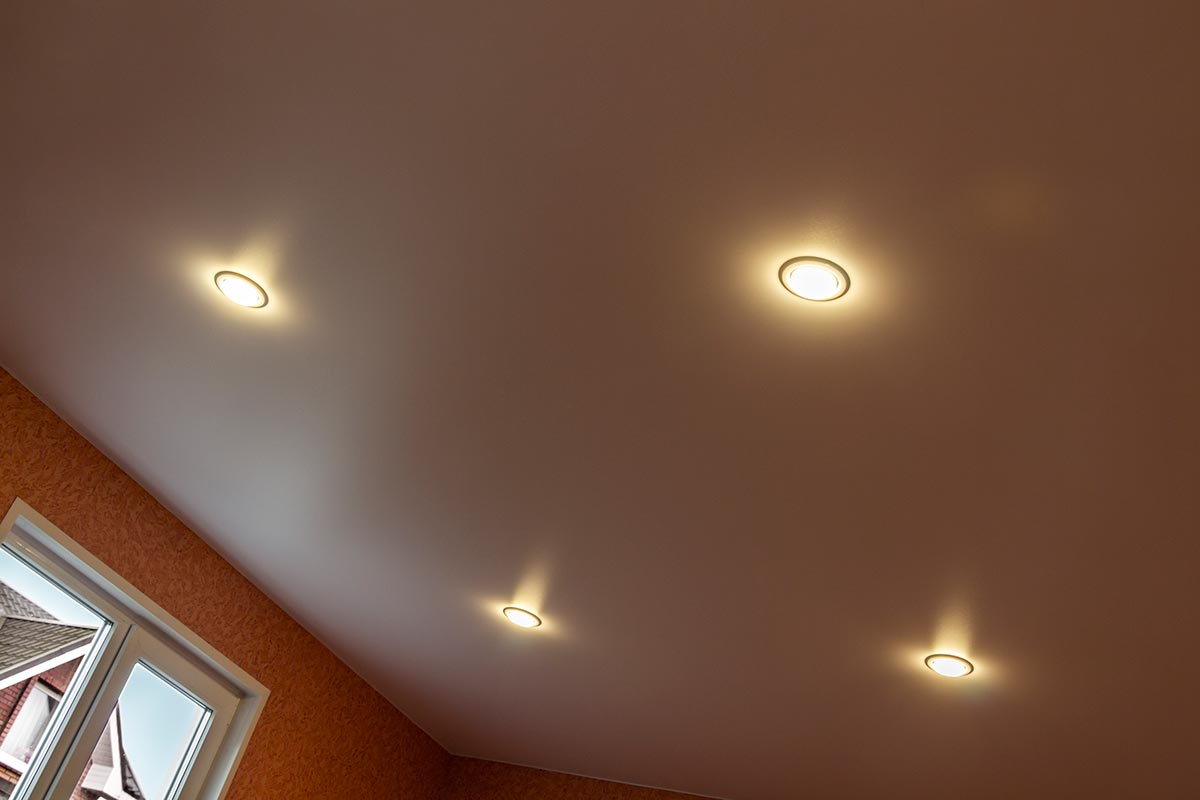
Power Supply
Operating lighting fixtures above their recommended power needs, according to lighting experts, can dramatically diminish their life expectancy. LED lights require a dependable power supply (often referred to as a driver) to help them maximize their power output and lifespan.
It ensures an optimal supply of power, which aids in the management and regulation of voltage.
Poor Material Components
While incandescent lights consist primarily of a thin metal filament, LEDs are more difficult to work with. Capacitors and other components are commonly used in power supply control and conversion of AC current to the low voltage DC current required by LEDs.
Due to their low tolerance for increased temperatures, electrolytic capacitors in LED light ballasts are a known limiting factor of a luminaire’s lifetime. Depending on the light, these components can be inside the LED or exterior to it.
Environmental Factors
The temperature of the environment (where an LED bulb is mounted) is known to have a significant impact on the LED luminaire’s lifespan.
According to manufacturers, enclosed lighting fixtures can encounter a spike in ambient temperature, which can harm the chip and driver. This can drastically diminish the light’s lifespan.
Heat Exposure
Metal heatsinks are commonly used in LED lights to draw heat away from the LED chip. If the heat sink is too small, inadequately connected, or poorly designed, the LED will quickly overheat and fail. The same can be said about the driver’s electronics.
The LED light bulb’s chips and heat sinks are susceptible to high temperatures. For example, if the temperature of an LED light exceeds 85 degrees Celsius (185 degrees Fahrenheit), the latter’s life is likely to be shortened.
Can Vs. Canless Recessed Lights- Which Lasts Longer?
As previously mentioned, canless recessed lights are expected to last up to 50,000 hours on average. On the other hand, traditional bulbs used in can recessed lights such as incandescent bulb, halogen bulb, and CFL bulb, have shorter lifespans of 1,000, 2,000, and 15,000 hours respectively.
Are There Other Alternative Bulb Options Aside From LED?
Unlike can recessed lighting, most of the canless recessed lightings available on the market today use LEDs. LEDs are better since they stay cold even after hours of use. This is because they don’t have protective canisters.
However, there are other LED lights options you can use to customize your lighting experience. Here are a few options you can choose from.
Dimmable LED Canless Recessed Light
This option allows you to adjust the brightness of your canless recessed light. In addition, dimming your lights can save your energy cost up to 10%. This is best used in bedrooms because they produce a soothing environment that induces sleep.
Click here to see this dimmable light on Amazon.
Switchable LED Canless Recessed Light
Unlike dimmable LEDs, switchable LEDs allow you to choose between three light temperatures. You have warm white, sunshine, or white light to select from. If you want more vibrant colors, red, green, and blue are available options.
Gimbal LED Canless Recessed Light
When it comes to lighting, tight or slanted rooms can be difficult to work with. You can adjust the angle of your light with a gimbal LED canless recessed light for optimal performance.
Click here to see this gimbal light from Amazon.
Are Canless Recessed Lights Hazard For Fire?
In choosing products to decorate your home, safety is an integral part of every decision-making. It is no secret that using light bulbs sometimes can cause fires.
However, in the case of canless recessed lighting, the risk of causing a fire is low since LED bulbs produce low heat compared to other bulbs like incandescent bulbs.
To learn more about this, you can check this article about the safety of canless LED lights on this blog.
Where To Use Canless Recessed Lights?
In both indoor and outdoor applications, canless recessed lighting can provide a variety of lighting effects. For spaces with little ceiling space or where a large fixture would be intrusive, canless recessed downlights are the ideal option. Larger diameters, usually 6 inches or more, are often required for higher ceilings.
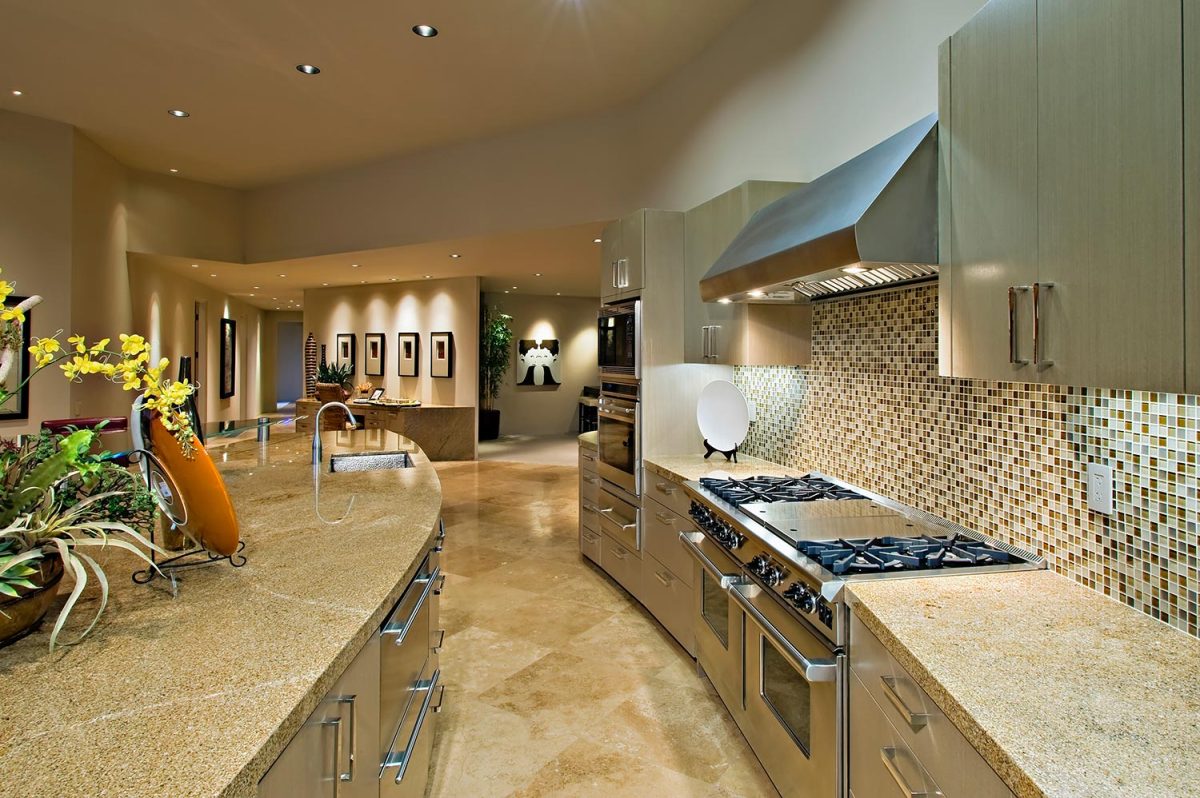
Kitchens
When used together with other fixtures such as pendants and under cabinet lighting, recessed downlights may provide excellent task lighting as well as beneficial ambient light in kitchens.
4 and 5-inch lights are perfect for providing light above counters with ample output for food prep and cleanup in kitchens.
Halls And Corridors
When used together with existing sconces or step lights, canless recessed fixtures are ideal for halls and corridors.
Dining Area
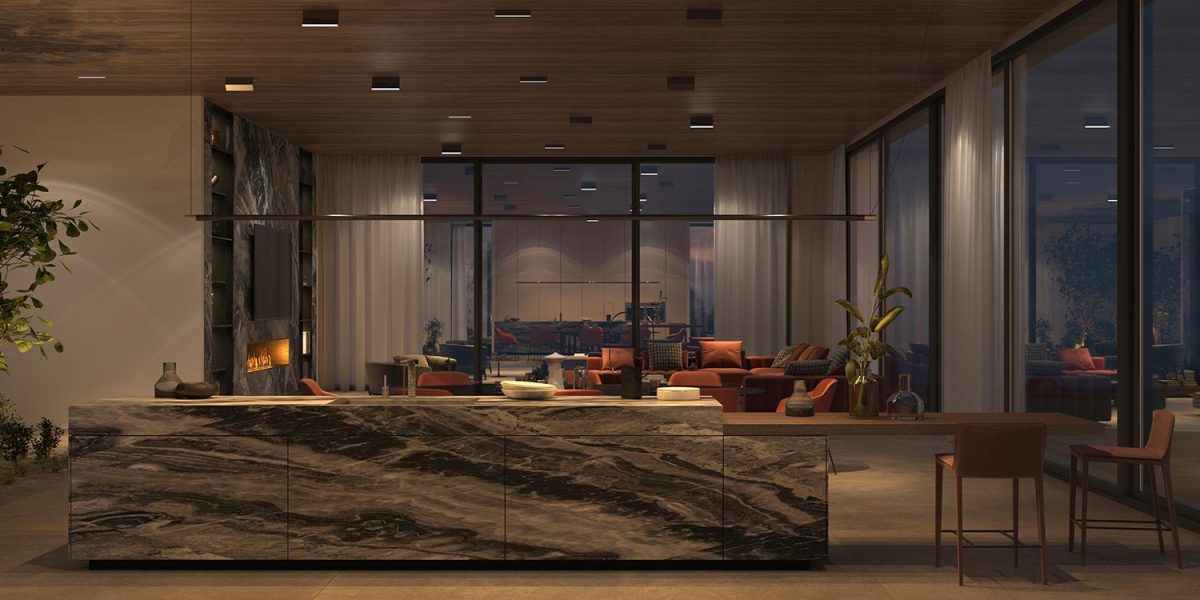
Canless recessed lighting in the dining area can offer a mood-enhancing vibe while complementing a striking chandelier or pendant.
Bathroom
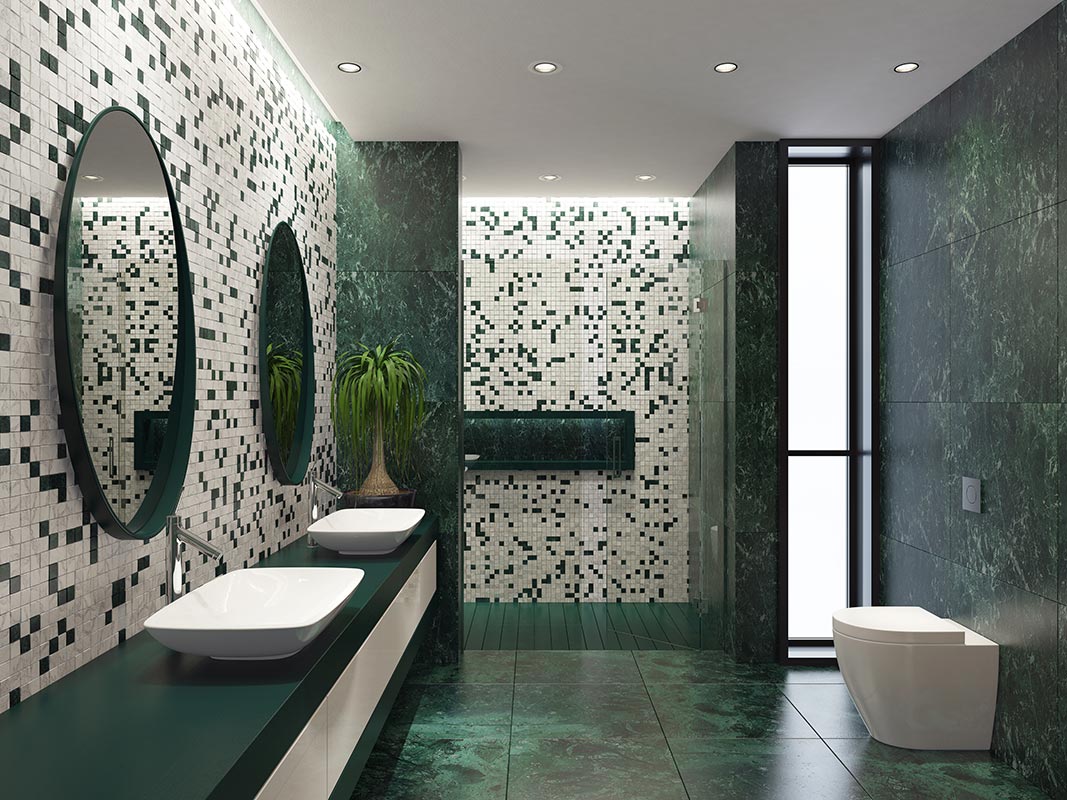
Recessed lighting that is authorized for wet and damp situations can be installed above showers and bathtubs in the bathroom.
In combination with recessed lights, bar lights or wall sconces around vanity spaces and mirrors will provide seamless, layered lighting that is difficult to produce with only ceiling fixtures alone.
Accent Artworks And Photos
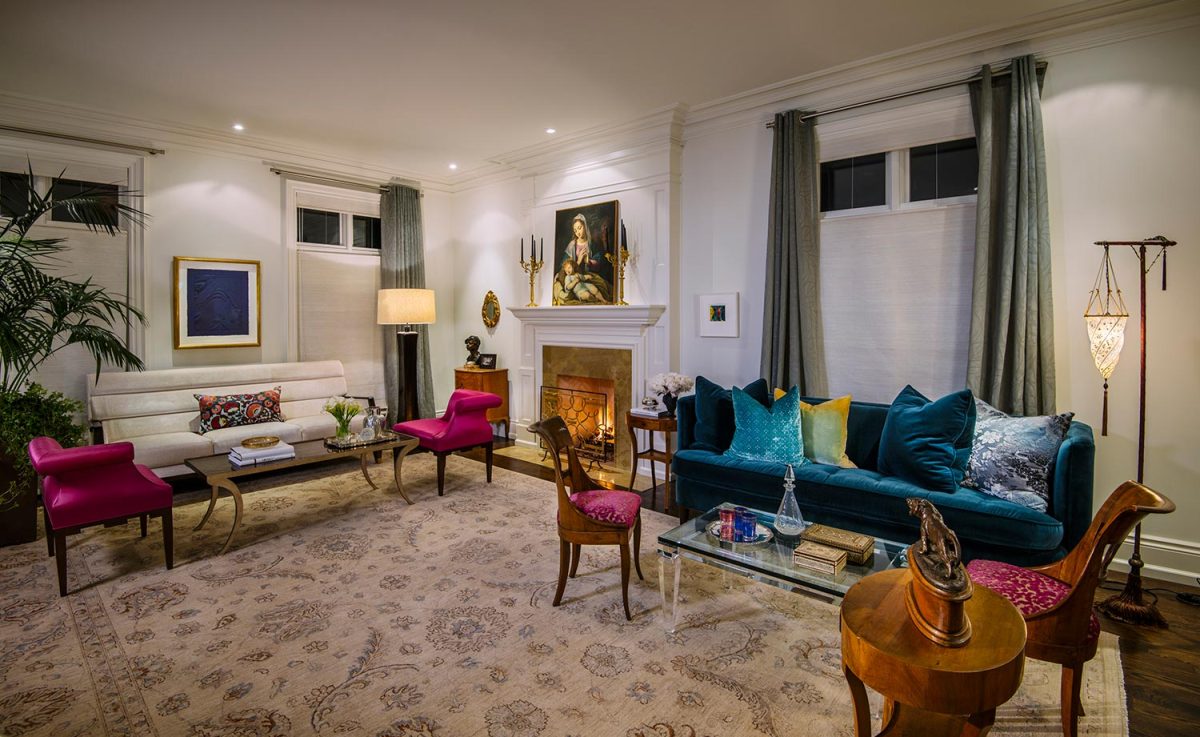
Using gimbal recessed lights lets you manipulate the light beam to provide special accents to artwork or photos.
Outdoor Places
Outdoor-rated downlight fixtures illuminate porches, patios, soffits, and other outdoor places such as gazebos and kitchens.
To Wrap It Up
Canless recessed lights are long-lasting. However, to make your canless recessed lights’ lifespan longer, you must look out for factors such as power supply, poor material components, environmental factors, and heat exposure – all of which influence the longevity of your lighting fixture.
Because most canless recessed lights use LED bulbs, it is also safe from fire hazards since LED emits low heat when it is on.
Plus, canless recessed lights can be used in different parts of your home – be it in the bedroom, dining area, kitchen, hallways, and even in outdoor places like patios and gazebos. You can also use it to accentuate your most prized artwork pieces and photos.
Still undecided on what recessed lighting type to use? You can check out this article to help you: Can Vs. Canless Recessed Lighting— Which to Choose?

